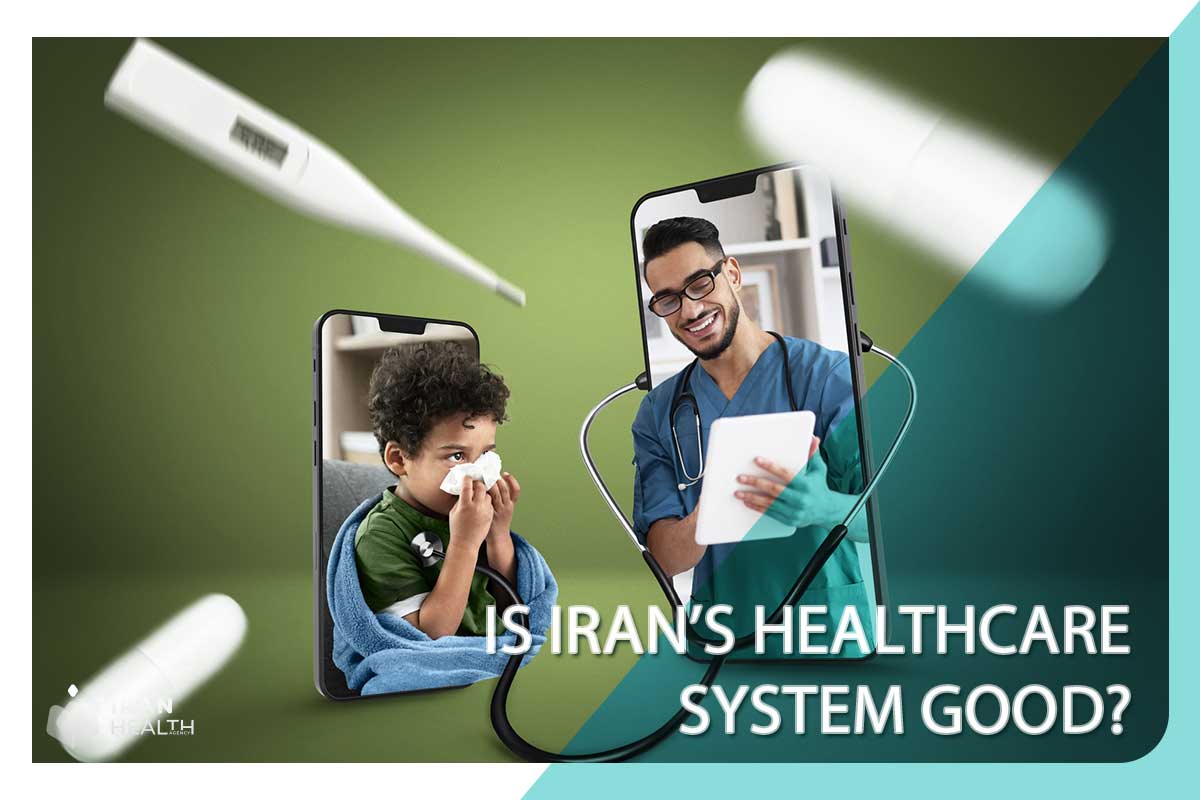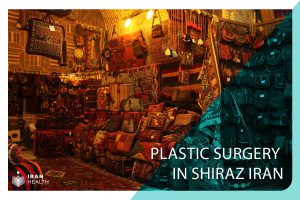Iran is a country in the Middle East with a population of about 80 million people. It has a rich history and culture, but also faces many challenges such as sanctions, political instability, and environmental issues. How does Iran cope with these challenges when it comes to providing health care for its people? Is Iran’s healthcare system good?
The structure of Iran’s healthcare system
According to the World Health Organization (WHO), Iran’s healthcare system is based on three pillars: the public-governmental system, the private sector, and non-governmental organizations (NGOs) . The public-governmental system is the largest and most comprehensive, covering about 90% of the population through a network of primary, secondary, and tertiary facilities. The Ministry of Health and Medical Education (MOHME) is responsible for the provision, regulation, and supervision of health services, as well as medical education and research. The private sector mainly provides outpatient and specialized services, and caters to the higher-income groups. The NGOs play a supportive role in areas such as family planning, mental health, and addiction .
The achievements of Iran’s healthcare system
Iran has made significant progress in improving the health status of its population over the last few decades. According to the WHO, life expectancy at birth in Iran has risen from 57 years in 1980 to 76 years in 2019, while infant and maternal mortality rates have declined dramatically. Iran has also achieved universal immunization coverage for children, and has successfully controlled or eliminated many communicable diseases such as malaria, polio, and leprosy. Iran has also developed a strong pharmaceutical industry, producing about 97% of its essential medicines domestically .
The challenges of Iran’s healthcare system
Despite these achievements, Iran’s healthcare system still faces many challenges and limitations. Some of the main ones are:
- The high burden of non-communicable diseases (NCDs) such as cardiovascular diseases, diabetes, cancer, and mental disorders, which account for about 80% of the total disease burden and 90% of the total deaths in Iran . These diseases require long-term and costly care, and pose a major challenge for the sustainability and quality of the healthcare system.
- The unequal distribution of health resources and services across the country, especially between urban and rural areas, and between provinces. According to a study by the Iranian Parliament Research Center, there is a significant gap in the availability and accessibility of health facilities, human resources, and equipment among different regions, leading to disparities in health outcomes and satisfaction .
- The high out-of-pocket (OOP) expenditure on health, which accounts for about 39% of the total health expenditure in Iran . This means that many people have to pay for health services from their own pockets, which can lead to financial hardship and impoverishment, especially for the poor and vulnerable groups. According to a survey by the Statistical Center of Iran, about 7% of the households in Iran faced catastrophic health expenditure in 2017, and about 3% were pushed below the poverty line due to health spending .
- The impact of external factors such as sanctions, economic crisis, and COVID-19 pandemic, which have adversely affected the health sector in Iran. Sanctions have limited Iran’s access to foreign exchange, medical equipment, and medicines, and have increased the inflation and unemployment rates. Economic crisis has reduced the government’s budget for health, and has increased the demand for public health services. COVID-19 pandemic has overwhelmed the health system, and has caused more than 100,000 deaths and 4 million infections in Iran as of December 2021 .
The way forward for Iran’s healthcare system
Iran’s healthcare system has achieved remarkable results in the past, but it also faces formidable challenges in the present and future. To overcome these challenges, Iran needs to adopt a comprehensive and holistic approach that addresses the root causes and the consequences of the health problems. Some of the possible strategies are:
- Strengthening the prevention and management of NCDs, by promoting healthy lifestyles, improving primary health care, and enhancing the integration and coordination of health services across different levels and sectors.
- Improving the equity and efficiency of health resource allocation, by using evidence-based and participatory methods, and by implementing performance-based financing and contracting mechanisms.
- Reducing the OOP expenditure on health, by expanding the coverage and benefits of health insurance, and by regulating the prices and quality of health services and medicines.
- Enhancing the resilience and responsiveness of the health system, by diversifying the sources and methods of health financing, and by developing the capacity and preparedness of the health workforce and infrastructure.
Conclusion
Iran’s healthcare system is good in many aspects, but it also has room for improvement in others. Iran has the potential and the opportunity to achieve a better and more sustainable health system, if it can address the current and emerging challenges with a vision and a will. Iran’s health is not only a matter of its own, but also a matter of the region and the world. A healthy Iran can contribute to a healthy world.



